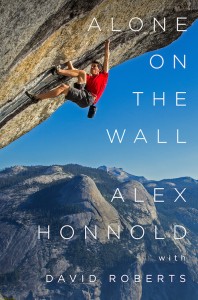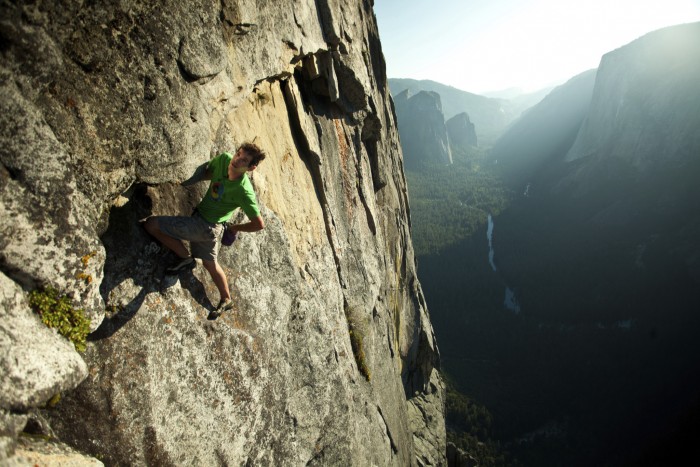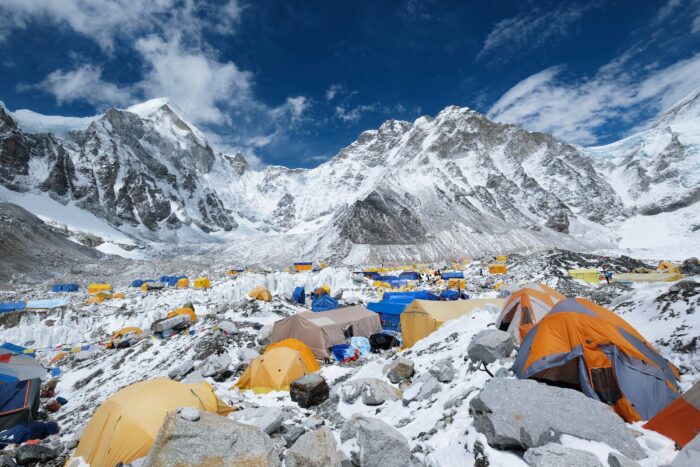[leadin]You might know Alex Honnold as that guy who climbs without a rope. But he wants you to know he does a lot more.[/leadin]
In his first book, Honnold discusses why he free-solos, and he recounts his life of climbing — including adventures you probably haven’t heard about.
“I suppose it’s inevitable that most of the media attention I get is for free soloing,” Honnold, now 30, writes in the closing pages of Alone on the Wall. “But I’m just as proud of my speed climbs and link-ups. Even though they aren’t as glamorous, and don’t really capture the public imagination the same way, they represent the same spirit as soloing.”
If there is one conclusion you will draw from Alone on the Wall, co-written by Honnold and accomplished climber and writer David Roberts, it’s that, indeed, Honnold climbs a lot and under a diverse number of disciplines, all over the globe.
‘Alone On The Wall’ Review
The book recounts Honnold’s biggest projects, from the 2007 back-to-back solo of the Rostrum and Astroman in Yosemite that initially caught the attention of the climbing world, through his 2014 Fitz Traverse in Patagonia with Tommy Caldwell.
In between there are characteristically nonchalant recaps of his solos up the Regular Northwest Face of Half Dome in Yosemite, and El Sendero Luminoso in Mexico. He covers his speed records on The Nose of El Capitan with Hans Florine and the Yosemite Triple Crown (Mount Watkins, The Nose, and Regular Northwest Face), among other projects.












